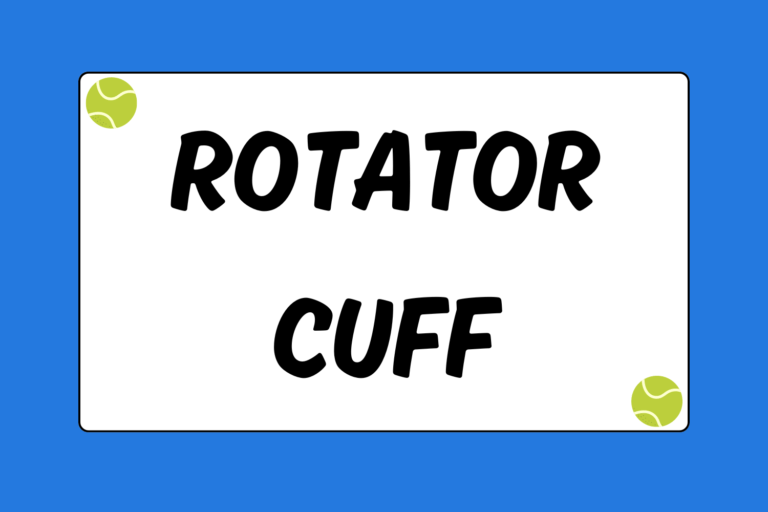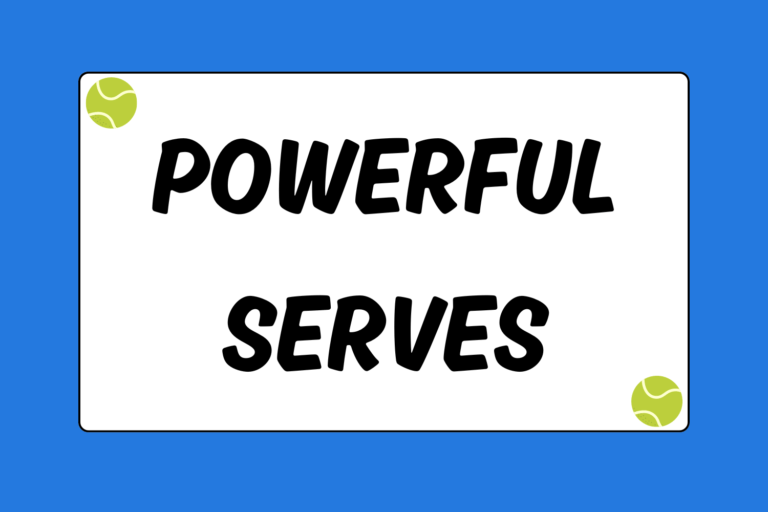Tennis players need to be explosive, strong, and well-conditioned, and there is a general belief that participating in a variety of sports improves overall athleticism. Many athletes excel in a single sport, but enjoy staying active year-round by competing in various sports. Athletes that play a wide range of sports hone a multitude of key assets, including hand-eye coordination, conditioning, and mental fortitude. However, tennis aficionados frequently debate the pros and cons of transitioning into tennis from another sport. Sportspersons disagree on what sport produces the best tennis players, and many argue that the best tennis players never let the racquet leave their hands.
Although there isn’t a clear-cut answer, many athletes are able to pick up the game quickly and become extremely competitive players. This guide examines how athletes from different sports can make use of their abilities and become successful tennis players.
Soccer
In general, soccer players have three main assets that carry over to tennis exceptionally well: Conditioning, speed, and footwork. Soccer players are used to running long distances, and — depending on the position they play — are generally able to kick it into high gear quickly. Their bursting speed can terrorize opponents on the court as they sprint back and forth between the lines, and they generally have the stamina to last an entire match. Additionally, soccer players normally have outstanding footwork and can take swift, controlled steps — a necessary ability when covering the court.
However, soccer players sometimes struggle learning how to move their feet on the tennis court. They have a tendency to overrun balls as they swing and stand flat-footed when the ball is on the other side of the net. Soccer players may also have difficulty learning stroke mechanics since they aren’t accustomed to using their hands (unless they are goalies).
Hockey
While it may seem odd for ice, roller, or street hockey players to pick up tennis, they often transition into the sport with ease. Like a tennis ball, a hockey puck is small and requires great hand-eye coordination to strike. Hockey players have quick reactions because they are used to chasing a puck that zooms around the rink. Additionally, hockey players — aside from the goalie — are constantly moving up and down the rink with explosive speed.
This speed, coupled with the ability to read the ball off the strings as they would a puck off a hockey stick, is extremely helpful on the tennis court. However, hockey players may need to spend extra time learning how to move around the court — backpedalling, sidestepping, and keeping their feet moving can be problematic for hockey players. But, they have an uncanny ability to learn the game quickly.
Amazingly True Story
Lottie Dod is best known for winning five Wimbledon Ladies’ Singles Championships during her career. She won her first Wimbledon title in 1887 when she was only 15 years old. In addition to her impressive tennis career, Dod also won the British Ladies Amateur Golf Championship, played for England’s women’s national field hockey team, and won a silver medal in archery at the 1908 Summer Olympics.
Baseball & Softball
Baseball and softball players have perhaps the biggest advantage in learning one of the most important aspects of tennis: Serving. The overhand throwing motion is very similar to the tennis serve, so they generally master a fundamental and crucial facet of the game very quickly. Additionally, baseball and softball players react to high-speed pitches and have great hand-eye coordination. Their quick reaction time carries over particularly well to the tennis court, as they have the ability to make consistent contact.
However, baseball and softball players often struggle with groundstroke technique. Tennis and baseball swings happen on a similar plane; however, the mechanics are very different. Baseball and softball players have to specifically refine their footwork as they prepare to hit the ball if they want to become competitive players.
Basketball
Basketball players generally possess two abilities that all great tennis players rely on: Conditioning and footwork. Basketball players relentlessly sprint up and down the court, and mix in a variety of footwork techniques as they lunge, backpedal, and sidestep during the course of a game. Their ability to position themselves with quick, controlled steps carries over perfectly to the tennis court.
In addition, basketball players have great explosiveness, which tennis players use incessantly as they come out of the ready position and sprint towards the ball. Basketball players generally have quick hands and great hand-eye coordination, which is helpful when hitting a groundstroke, returning a serve, and playing the net.
Football
Football is a specialized sport with many different positions, so it’s hard to judge whether or not they can transition over to tennis effectively. A quarterback with the ability to scan 30 yards downfield while enduring punishing, blindside hits from gargantuan defenders will most likely find it easy to focus on a tennis ball.
In general, though, football players’ greatest assets are their conditioning and ability to focus. Football players endure grueling practices and workouts. So whether a wide receiver or defensive lineman picks up a tennis racquet, neither will be intimidated by the threat of a long, exhausting match. Football players also generally have quick reactions, making it easy to chase down drop shots and tough gets.
Pick up a Racquet
Whether you’re conditioning during the offseason or looking for a new pastime, tennis is an extremely entertaining game that can be enjoyed at all ages. Regardless of how many weeks or years you’ve spent on the courts, you can drastically improve your abilities with consistent practice. Tennis is a game of repetition, so the biggest mistake you can make is putting down your racquet.
If you’re new to tennis and play any of the sports listed in this guide, you may struggle with one unique aspect of the game: Tennis is played individually. While some players compete in team tennis or doubles matches, the majority of tennis matches are singles. Many beginners have trouble adjusting to being alone on the court, and it can take years before players master the psychological aspect of the game. But, don’t let the mental aspect deter you from picking up a racquet and heading to the courts. Focus on making improvements and, most importantly, enjoy the game!





